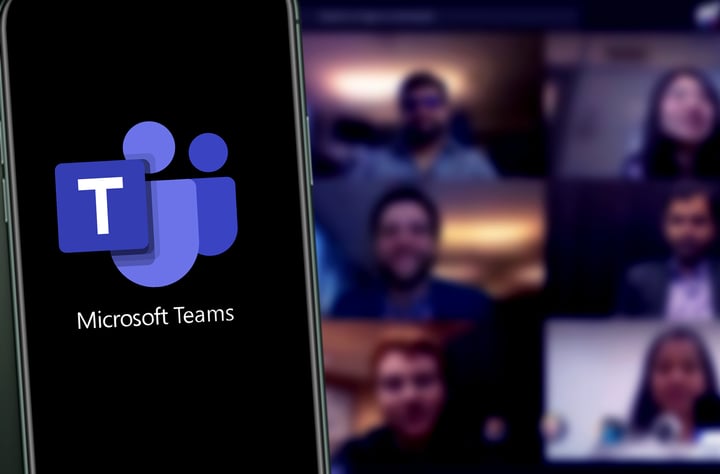We understand that there is a lot of pressure on UC specialists to make a big success of bringing Unified Communications into the business. Often this pressure means specialists opt for a well-known telecom provider – opting for the comfort of brand awareness over the perceived risk of selecting a lesser known SIP trunk provider.
Pitching the idea of UC with a household name to the wider business is likely to be far easier then pitching with a company no one has heard of before, but it by no means guarantees success – in fact sometimes it can deliver the opposite. Large providers are notorious for providing poor customer service and a limited, inflexible network.
So we've put together five reasons why choosing us isn't risky, and instead will guarantee your Unified Communications implementation is a success:
Well-established global network which allows global organizations to move away from their reliance on large telecom providers
Counterintuitively, some of the much larger carriers won't cover all of the global markets, as they rely only on their own networks – or on their partnerships with other major networks. There can be sizeable patches left out of their coverage. In contrast to this, as a smaller more agile company without any network restrictions, Pure IP is able to aggregate across multiple carriers – providing a SIP trunk service with much broader coverage. We can tailor this offering to you, so you get access to the global network without compromise.
Robust TLS connection & disaster recovery
Security of service is one of the most important factors in choosing your SIP trunk provider. Fortunately, Pure IP offers an extremely stable and robust service. Because SIP trunking is provided over the internet, it's possible to have several backups in place should any one connection fail. In the event of an emergency outage, fail-safes in the system will automatically reroute calls to another connection without any disruption to the service. This offers a much greater level of security and back-up than is possible with a conventional ISDN line.
Invested and grown our network to provide wide points of presence
We are an engineering-led SIP trunk provider, with a network of expert SIP engineers based around the world to respond to any query or support issue. Our customer base is truly global, as is the coverage of our network. We can provide telephony from Alaska to New Zealand and if there is anywhere remaining that isn't in our network , we'll work with customers to include it and provide them with a secure, robust, and reliable solution.
Personalized customer service
Pure IP has a 'follow-the-sun' ethos, with fully global coverage. Our customer service is in operation 24 hours a day, and any inquiries are dealt with seamlessly. We take great pride in the quality of our customer service – which is one of the major factors that differentiates us from our larger competitors.
Pure IP has taken the global focus of the SIP trunk business and scaled it down to the individual level of customer service with a personal touch. Instead of faceless ticketing systems and labyrinthine call centers of the larger network providers, we strive to provide a familiar service for customers.
Proven track record of saving global organizations money on their conferencing bills
The cost saving implications of choosing Pure IP as your SIP trunk provider can be colossal. For instance, one of Pure IP's customers Data Direct Networks (DDN) has seen a 95% reduction in their telecoms cost – bringing an overall annual bill of over $1 million down into the mere tens of thousands. What's more – they make an annual saving of over $3 million by using Pure IP's Skype for Business services to deliver their global conferencing provision. These figures are impossible to ignore for organizations of any size.



